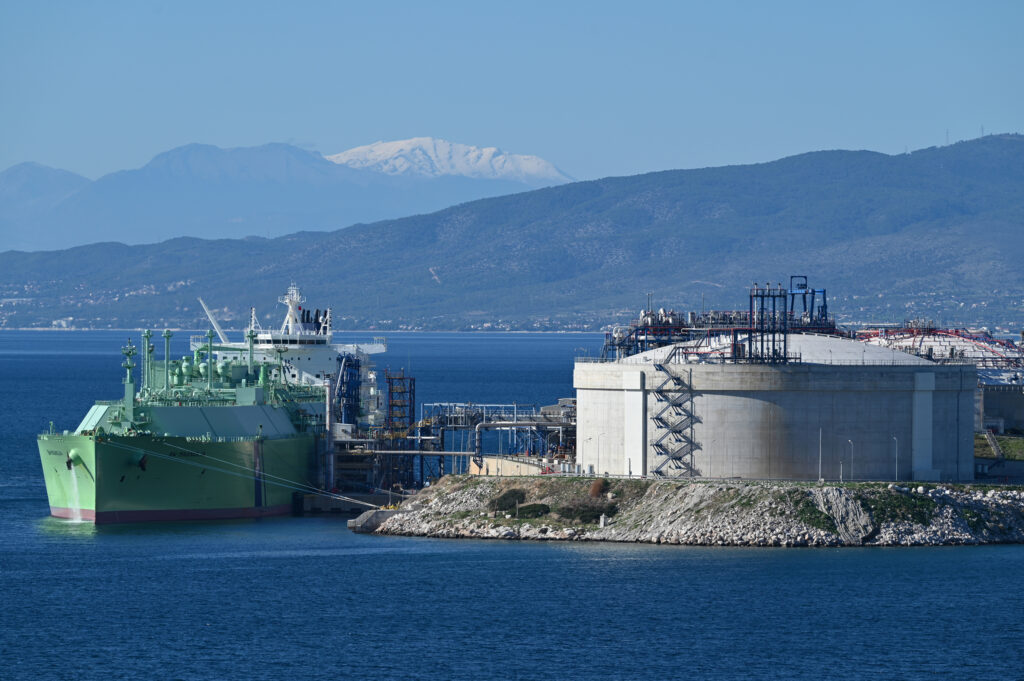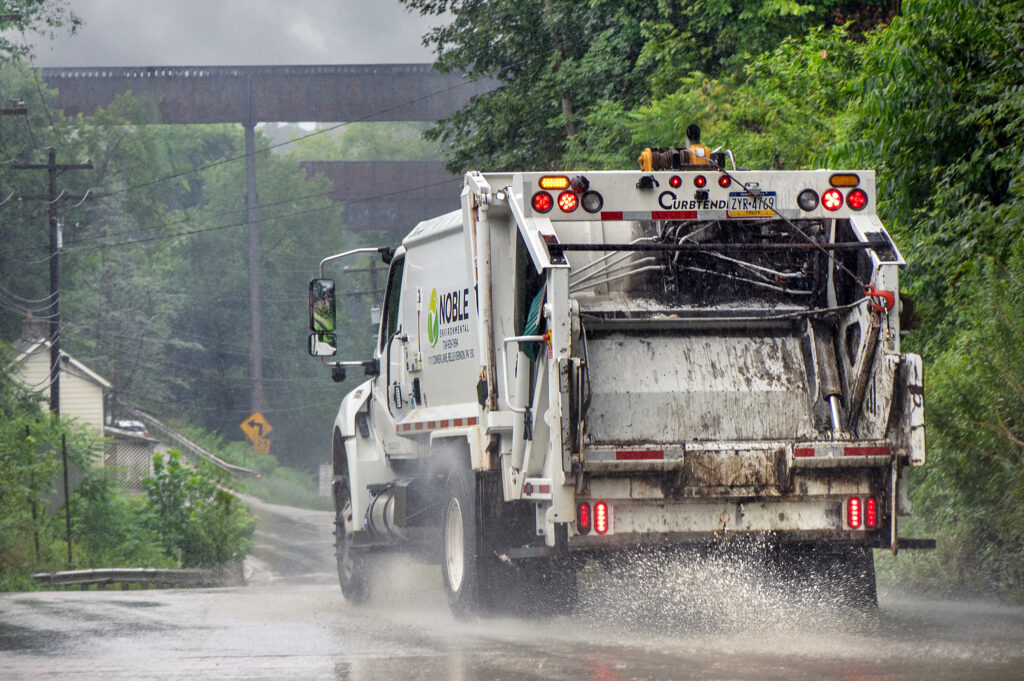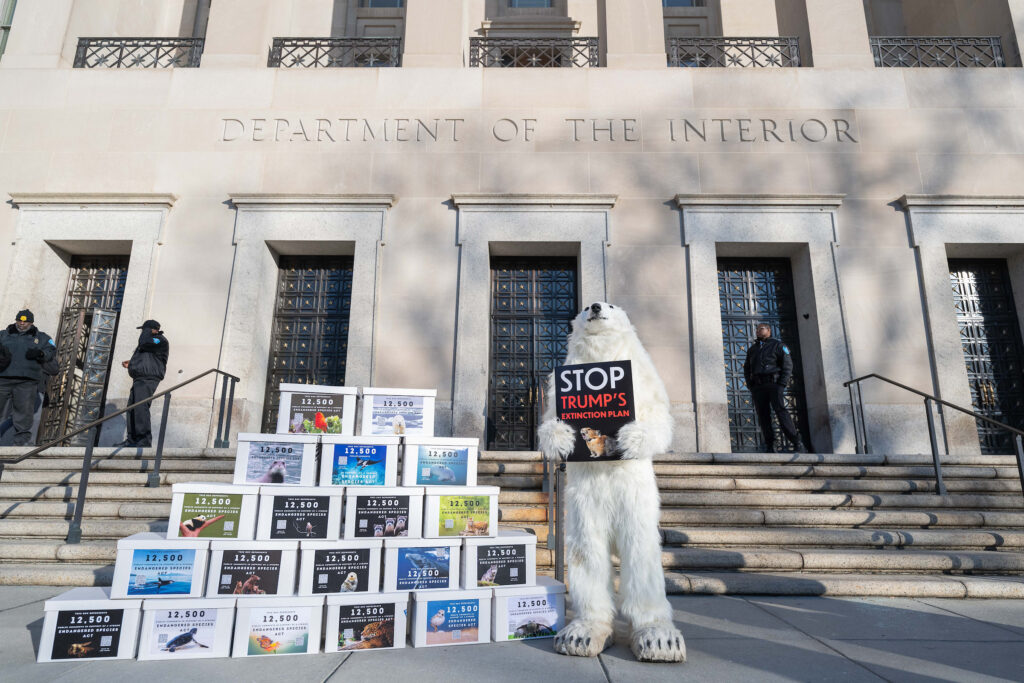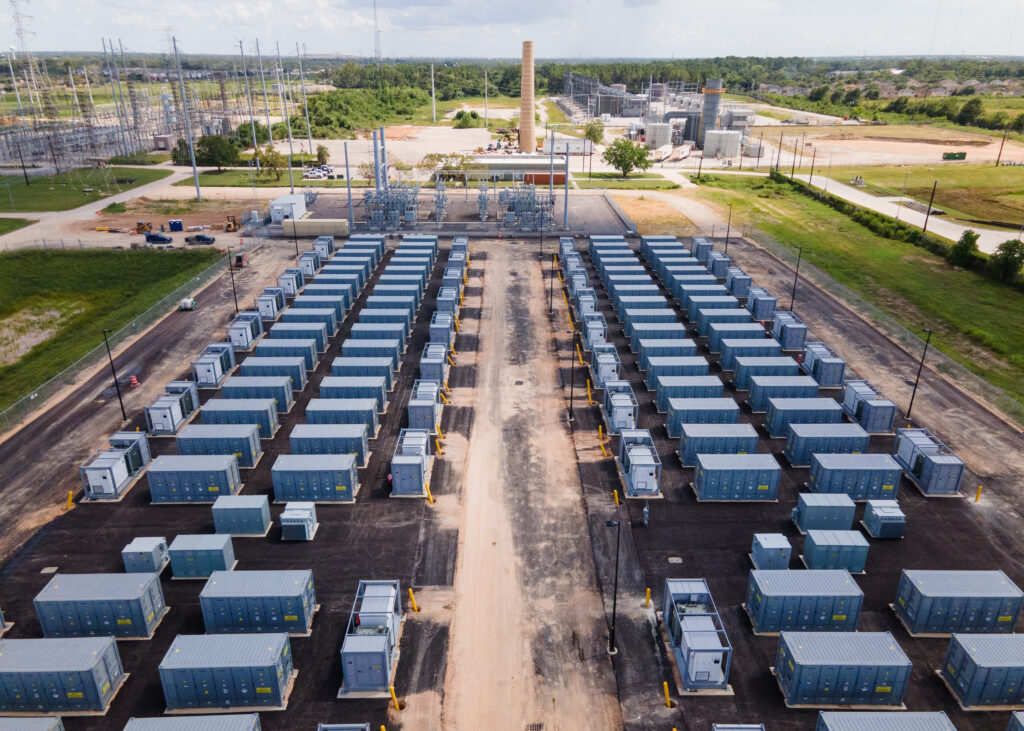The world’s oceans are massive and critical carbon sinks that absorb roughly one-third of the greenhouse gas emissions humans generate by burning fossil fuels and reshaping Earth’s landscape.
New research finds that a particular fishing method reverses at least part of that flow, and contributes to global warming.
For the first time, researchers have determined that bottom trawling, a fishing practice that yields about 25 percent of the world’s wild-caught seafood, releases a significant amount of carbon dioxide into the atmosphere—as much, potentially, as the greenhouse gases from the fuel combustion of the entire global fishing fleet each year.
Bottom trawling is an intensive fishing practice in which boats drag giant nets along the ocean floor to catch some of the most consumed species in the world, including shrimp and pollack—the stuff of fish sticks. A study published in Nature in 2021 found that this action of churning up the top layer of seabeds emits more carbon than the entire global aviation industry.
We’re hiring!
Please take a look at the new openings in our newsroom.
See jobs
“But,” said Trisha Atwood, an associate professor of watershed science at Utah State University, “we didn’t know the fate of that carbon.”
So Atwood and a team of researchers attempted to figure it out, using ocean circulation models and marine vessel tracking data. And in a new study, published Thursday in Frontiers in Marine Science, they determined that as much as 60 percent of that carbon, and probably more, ends up leaving the oceans and entering the atmosphere—roughly 370 million metric tons.
“We know that fishing is carbon intensive, especially bottom trawling, because of its fuel usage—dragging a net behind a boat requires a lot of fuel,” Atwood explained. “But dragging this heavy fishing gear also [releases] carbon dioxide that eventually makes its way into the atmosphere.”
Gavin Schmidt, director of the NASA Goddard Institute for Space Studies and a co-author of the new paper, said the study employed some of the most dependable and sophisticated modeling systems to look at oceans in a different way.
“We’ve only ever thought about carbon being added to the atmosphere from the land and going into the ocean,” he said. “We’ve never thought of: What if there’s extra carbon being generated in the ocean itself?”
Importantly, these emissions aren’t being accounted for in global emissions tallies and policy.
“After the publication of our 2021 paper, some people told us that these emissions aren’t significant because only atmosphere emissions count under the Paris Climate Agreement,” explained Enric Sala, a researcher with the National Geographic Society, who is a co-author of the new paper and led the 2021 paper. The new results, Sala explained, suggest that underwater carbon dioxide emissions from bottom trawling “have the same impacts as atmospheric emissions and should indeed count.”
The 2021 paper drew a lot of media attention and some biologists and researchers took issue with Sala’s conclusions, saying he overestimated emissions from trawling by between 10 and 100 percent. Much of the criticism was aimed at Sala and his colleagues’ suggestions that trawling be banned in specially designated marine protected areas, which would act as carbon sinks as well as provide recovery areas for sea life to thrive.
Jan Geert Hiddink, a researcher at Bangor University in the United Kingdom, was one of those critics and is skeptical of the new findings, saying that the research doesn’t discern a significant difference between the naturally occurring carbon flux in ocean sediment and that from “trawl disturbance.”
“Bottom trawling is likely to result in release of CO2 into the water column and from there into the air, in some locations and in some periods of the year,” Hiddink wrote in an email. “It is an important issue to study and quantify, and there should not be a need to vastly exaggerate the estimated emission.”
Sala and his colleagues rebutted Hiddink, saying his assumptions lacked “quantitative support” and did not change the conclusions of their previous paper.
The new paper, Atwood, Sala and their colleagues say, suggests that more than half of the emissions from trawling “will flow into the atmosphere within a decade,” regardless of how much trawling occurs, and the carbon dioxide that remains in the water will only increase already acidified waters.
This story is funded by readers like you.
Our nonprofit newsroom provides award-winning climate coverage free of charge and advertising. We rely on donations from readers like you to keep going. Please donate now to support our work.
Donate Now
Schmidt acknowledged that emissions from bottom trawling may be small compared to those from fossil fuels or land-use change. But if the world hopes to attain something close to net-zero emissions, everything counts.
“Now we’re talking about fluxes of carbon where we have to look at not just the second and third things, but the third, fourth, fifth, sixth and seventh,” he said. “They’re not big compared to the fossil fuel source, but they’re big compared to what’s left. The important thing is they’re not zero.”
Climate scientists and policy makers, he noted, are “trying to quantify all of the smaller terms—all of the things that, up until now, we’ve neglected.”
The researchers say they expect more pushback from the fishing industry and fisheries researchers, for whom a primary concern is the abundance of fish stocks.
“Anytime science suggests that there might be regulatory issues with an industry, there are going to be questions about the science—and there should be. Do we know enough to create regulations?” Atwood said. “The question is: Do we want to science something to death and do we have time to do more work? We’re up against a climate clock and, unfortunately, we’ve lost the luxury of time.”

















